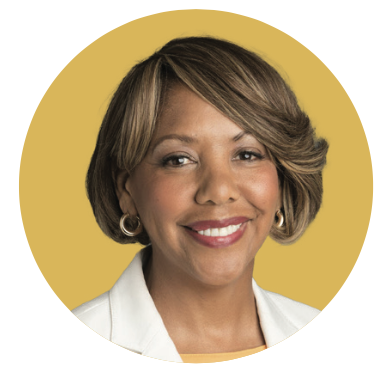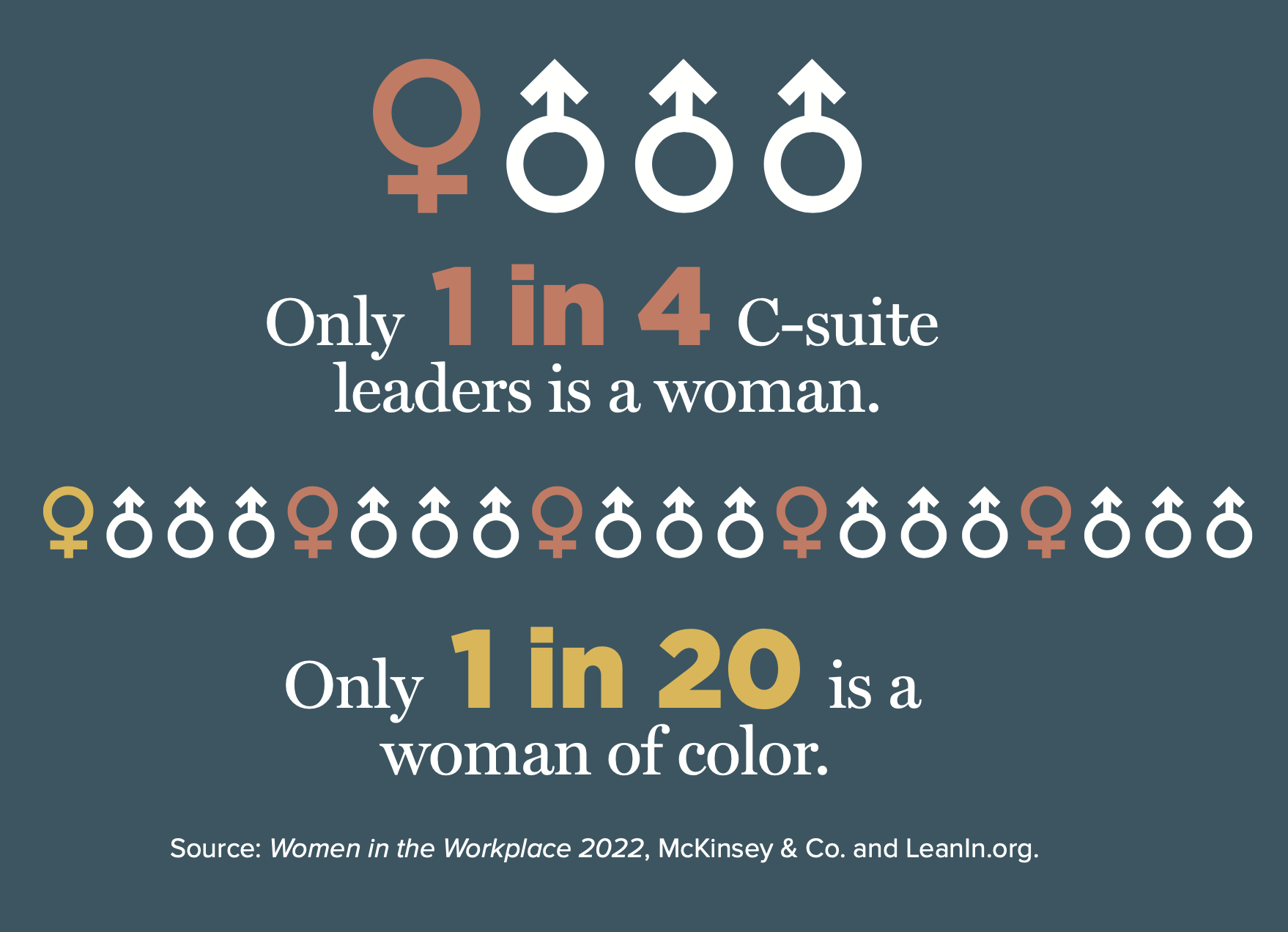

?Lilly Ledbetter still remembers the shock she felt on the day in 1998 when she learned that her male counterparts at Goodyear Tire & Rubber Co. were earning as much as 40 percent more than she was.
After all, Ledbetter had a distinct memory of watching President John F. Kennedy in 1963 sign the Equal Pay Law, which prohibited gender-based wage discrimination. She remembers him saying, “This is to make sure that women and minorities have their rightful pay when they come home. They need their equal pay to support their families.” Two years earlier, Kennedy had signed an executive order banning such discrimination in the federal government, including among its contractors such as Goodyear, based in Akron, Ohio.
“I thought surely Goodyear would be adhering to the law,” says Ledbetter, who had been working at the company for 19 years. “What I learned later was that they didn’t have to do anything to get those contracts. They didn’t have to furnish any documentation [about pay]. They didn’t have to prove anything.”
Ledbetter sued Goodyear and was awarded approximately $3.5 million. However, the U.S. Supreme Court in 2007 overturned her victory based on a technicality over the suit’s timing. In 2009, President Barack Obama signed the Lilly Ledbetter Fair Pay Act, closing the loophole.
Those laws and the executive order are some of the actions taken that are designed to increase diversity and fairness in the workplace by banning discrimination based on a litany of characteristics, including gender, race, religion, sexual orientation, disability and age. In addition, employers have scores of programs and policies to promote diversity, equity and inclusion (DE&I).
Yet most organizations are still run by cisgender, straight, white men. In fact, white men account for about 40 percent of management roles, according to a 2022 survey by McKinsey & Co. and LeanIn.org. White women make up 27 percent. Men of color hold 19 percent of such positions, while women of color make up 14 percent.
At the executive level, white men dominate the workplace. They hold 61 percent of C-suite roles, while white women account for 21 percent. Men of color and women of color hold 13 percent and 5 percent, respectively.
“You can legislate a lot, but you can’t legislate how people feel,” says Coretha M. Rushing, SHRM-SCP, an Atlanta-based executive coach who previously held senior HR positions at the Coca-Cola Co. and Equifax Inc. and was former chair of SHRM’s board of directors. “People typically operate using their heads and their hearts. That’s probably the biggest barrier to [diversity and inclusion] that I saw in the 30 years I worked in corporate America.”

‘You can legislate a lot, but you can’t legislate how people feel. People typically operate using their heads and their hearts.’
CORETHA M. RUSHING, SHRM-SCP
Social Pressure
Addressing inequity in the workplace has gained new urgency over the past several years. More women were emboldened to disclose sexual harassment in the workplace after famous actresses detailed the abuse they endured from now-jailed former movie producer Harvey Weinstein. Millions watched video of a white policeman murdering George Floyd, a Black man, sparking nationwide protests. And many of the front-line workers who died as they kept America functioning during the height of the pandemic were people of color.
“The social aspect of seeing these things is very important,” says Bea Bourne, a Texas-based professor and senior lead for diversity, equity and inclusion at Purdue University Global. “They wake up people who may not have known. The laws have to be in place so that there is a base line to prosecute against. You also have to have something that says these issues are important.”
Or someone. President George H.W. Bush was a strong proponent of creating workplaces that welcomed people with disabilities. That was a great help in passing the Americans with Disabilities Act (ADA) of 1990, according to Susan Meisinger, who was SHRM’s vice president of government affairs when the ADA was crafted, and she later served as CEO.
Also helpful was the fact that businesses had become somewhat accustomed to providing accommodations for workers with disabilities because doing so had been required by law for federal contractors since the 1970s, Meisinger notes.
She recalls that negotiating the details of the legislation required compromise, such as when the parties reached agreement over a financial damages cap for companies that were found to have broken the law.
“Both sides would sit down behind closed doors, talk through what their concerns were and figure out how to [reach a deal] where everybody got something and everybody lost something and they worked out their differences,” Meisinger says. “I don’t think that happens so much anymore.”
Even though the law has been in place for more than 30 years, people with disabilities still struggle to find employment. The unemployment rate for this demographic was 7.6 percent in 2022, compared with 3.5 percent for those without disabilities, although both numbers declined from 2021, according to the U.S. Bureau of Labor Statistics. In addition, only about 25 percent of companies have specific plans for hiring disabled individuals, according to SHRM research.
“I think there still is inherent bias from some people who are unwilling to take the time and effort to figure out what an accommodation may be,” Meisinger says. “An employer organization needs to be prepared to address the spectrum of things.”
A deaf employee will require different adjustments than someone who is blind, for example.
“I think [employers] resist because they feel like it’s special treatment,” Meisinger says.

Battling Prejudice
People with disabilities, women and people of color have long endured suspicions by some co-workers that they were only hired because they are members of a protected class. Those doubts often grow as people climb the ranks.
Some workers have developed strategies for handling others’ prejudices. Rushing says when she worked in corporate America, colleagues would sometimes make inappropriate comments during meetings. When that happened, she would talk to them about it in private afterward.
“I would say that ‘I want you to know that if there was another Black person or another woman in that room and they heard you say what you said, they would think poorly of you, think you were a racist or sexist,’ ” Rushing explains. ” ‘I want to make sure that you are aware of how I felt because we’ve worked together and I think you are better than that.’ “
Having the conversations helped Rushing in two ways. First, she says, discussing the issue allowed her to get it off her chest and move on. Second, she believed she was doing something to educate a colleague.
In recent years, however, companies have included discussions about microaggressions as part of their DE&I training. (Microaggressions are comments or actions that subtly and often unconsciously or unintentionally express prejudice toward a member of a marginalized group.)
Many women and people of color say they would rather work remotely, in part because it allows them to avoid being subject to such insults. However, some experts suggest doing so could hurt their careers, as managers often favor people they see regularly in the workplace. Plus, the workplace is sometimes the only setting where people interact with those of other races, gender identities, religions or ethnic groups and learn about each other.
Role Models
Measuring whether members of the LGBTQ+ community are being hired and embraced by employers is more challenging than for other groups because LGBTQ+ individuals must self-identify, which means it’s more difficult to obtain accurate numbers.
Yet RaShawn Hawkins, SHRM-CP, director of workplace equality programs at the Human Rights Campaign (HRC), based in Washington, D.C., says she is pleased with recent progress. Last year, 1,271 companies participated in HRC’s Corporate Equality Index, which rates employers based on their treatment of LGBTQ+ individuals. The number of employers electing to be evaluated has grown between 10 percent and 15 percent annually since the index was launched 20 years ago.
Hawkins adds that there has been a sharp increase in companies reaching out to the HRC for help in creating an inclusive environment in the wake of a 2020 U.S. Supreme Court decision. In Bostock v. Clayton County, the high court held that Title VII of the Civil Rights Act of 1964 protects gay and transgender people against employment discrimination.
“There’s been more of a desire for training around inclusiveness, around respectful language and how to de-gender your policies and operational tools, about pronoun etiquette,” Hawkins says.
De-gendering policies and tools to recognize that not everyone identifies as male or female is important, yet many employment forms and other materials still carry outdated language, she says.
Another reason Hawkins thinks the future workplace is poised to be more equitable for LGBTQ+ individuals is because more people are identifying as part of that community. A 2022 Gallup poll found that 7.2 percent of U.S. adults self-identify as lesbian, gay, bisexual, transgender or something other than heterosexual. That’s double what the percentage was in 2012, when Gallup began measuring it. In 2020, 5.6 percent of people identified as part of the community.
Hawkins, a 40-year-old Black, cisgender, queer woman, says she had no role models early in her career.
“Cis, straight women would tell me that my dress was unprofessional, because I’d rather wear a button-up shirt and pants out of the men’s sections. Wearing a suit and blouse like they did, it made me feel very uncomfortable,” Hawkins recalls. “It didn’t make me feel safe and affirmed in those spaces.”
Now, young individuals who identify as LGBTQ+ have more people they can relate to in the workplace.
“They’re growing up in a space where they see representations of themselves and feel like they can be authentic and not have to hide who they are,” Hawkins says.
Theresa Agovino is the workplace editor for SHRM.
Illustration by Valerie Chiang.

